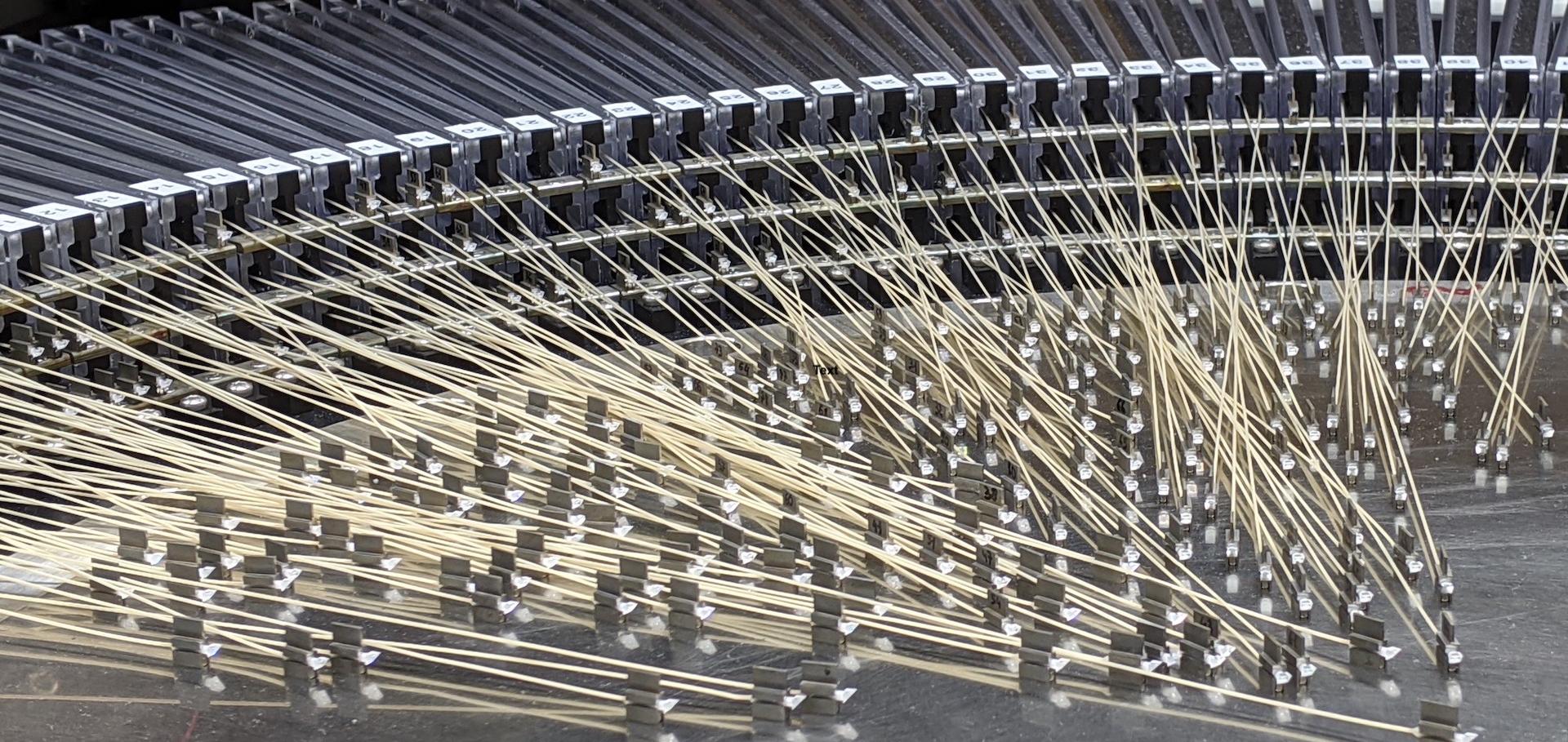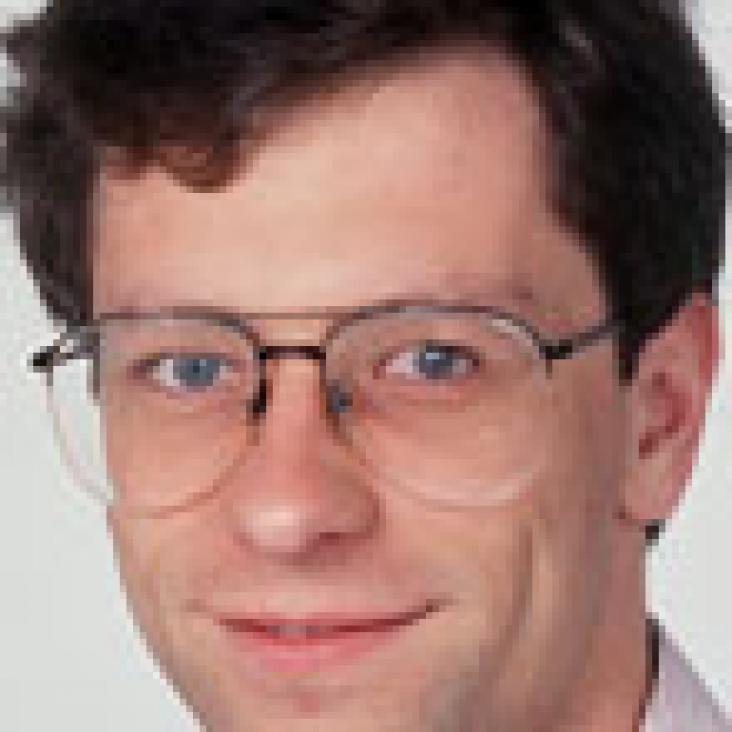HARMONI: First light spectroscopy for the ELT: Final design and assembly plan of the spectrographs
Proceedings of SPIE - The International Society for Optical Engineering SPIE 11447 (2020)
Abstract:
HARMONI is the first light visible and near-IR integral field spectrograph for the ELT. It covers a large spectral range from 450nm to 2450nm with resolving powers from R (≡λ/Δλ) 3500 to 18000 and spatial sampling from 60mas to 4mas. It can operate in two Adaptive Optics modes - SCAO (including a High Contrast capability) and LTAO - or with NOAO. The project is preparing for Final Design Reviews. The instrument uses a field splitter and image slicer to divide the field into 4 sub-units, each providing an input slit to one of four nearly identical spectrographs. This proceeding presents the final opto-mechanical design and the AIV plan of the spectrograph units.A few StePS forward in unveiling the complexity of galaxy evolution: light-weighted stellar ages of intermediate-redshift galaxies with WEAVE
Astronomy and Astrophysics EDP Sciences 632 (2019) A9
Abstract:
Context. The upcoming new generation of optical spectrographs on four-meter-class telescopes, with their huge multiplexing capabilities, excellent spectral resolution, and unprecedented wavelength coverage, will provide invaluable information for reconstructing the history of star formation in individual galaxies up to redshifts of about 0.7.
Aims. We aim at defining simple but robust and meaningful physical parameters that can be used to trace the coexistence of widely diverse stellar components: younger stellar populations superimposed on the bulk of older ones.
Methods. We produced spectra of galaxies closely mimicking data from the forthcoming Stellar Populations at intermediate redshifts Survey (StePS), a survey that uses the WEAVE spectrograph on the William Herschel Telescope. First, we assessed our ability to reliably measure both ultraviolet and optical spectral indices in galaxies of different spectral types for typically expected signal-to-noise ratios. We then analyzed such mock spectra with a Bayesian approach, deriving the probability density function of r- and u-band light-weighted ages as well as of their difference.
Results. We find that the ultraviolet indices significantly narrow the uncertainties in estimating the r- and u-band light-weighted ages and their difference in individual galaxies. These diagnostics, robustly retrievable for large galaxy samples even when observed at moderate signal-to-noise ratios, allow us to identify secondary episodes of star formation up to an age of ∼0.1 Gyr for stellar populations older than ∼1.5 Gyr, pushing up to an age of ∼1 Gyr for stellar populations older than ∼5 Gyr.
Conclusions. The difference between r-band and u-band light-weighted ages is shown to be a powerful diagnostic to characterize and constrain extended star-formation histories and the presence of young stellar populations on top of older ones. This parameter can be used to explore the interplay between different galaxy star-formation histories and physical parameters such as galaxy mass, size, morphology, and environment.
A few StePS forward in unveiling the complexity of galaxy evolution: light-weighted stellar ages of intermediate redshift galaxies with WEAVE
(2019)
4MOST: Project overview and information for the First Call for Proposals
ArXiv 1903.02464 (2019)
Abstract:
We introduce the 4-metre Multi-Object Spectroscopic Telescope (4MOST), a new high-multiplex, wide-field spectroscopic survey facility under development for the four-metre-class Visible and Infrared Survey Telescope for Astronomy (VISTA) at Paranal. Its key specifications are: a large field of view (FoV) of 4.2 square degrees and a high multiplex capability, with 1624 fibres feeding two low-resolution spectrographs ($R = \lambda/\Delta\lambda \sim 6500$), and 812 fibres transferring light to the high-resolution spectrograph ($R \sim 20\,000$). After a description of the instrument and its expected performance, a short overview is given of its operational scheme and planned 4MOST Consortium science; these aspects are covered in more detail in other articles in this edition of The Messenger. Finally, the processes, schedules, and policies concerning the selection of ESO Community Surveys are presented, commencing with a singular opportunity to submit Letters of Intent for Public Surveys during the first five years of 4MOST operations.WAS: The archive for the WEAVE spectrograph
Proceedings of SPIE - The International Society for Optical Engineering 10015 (2018)


